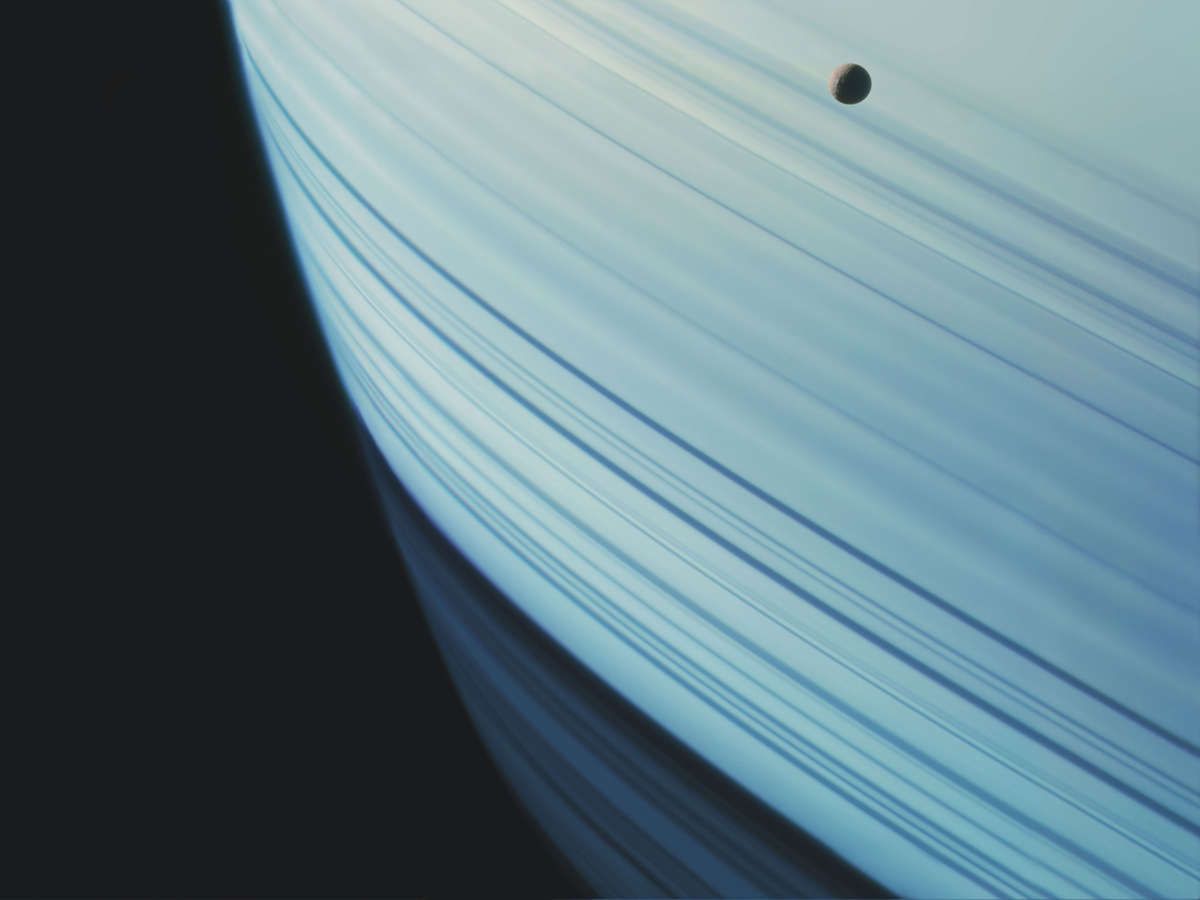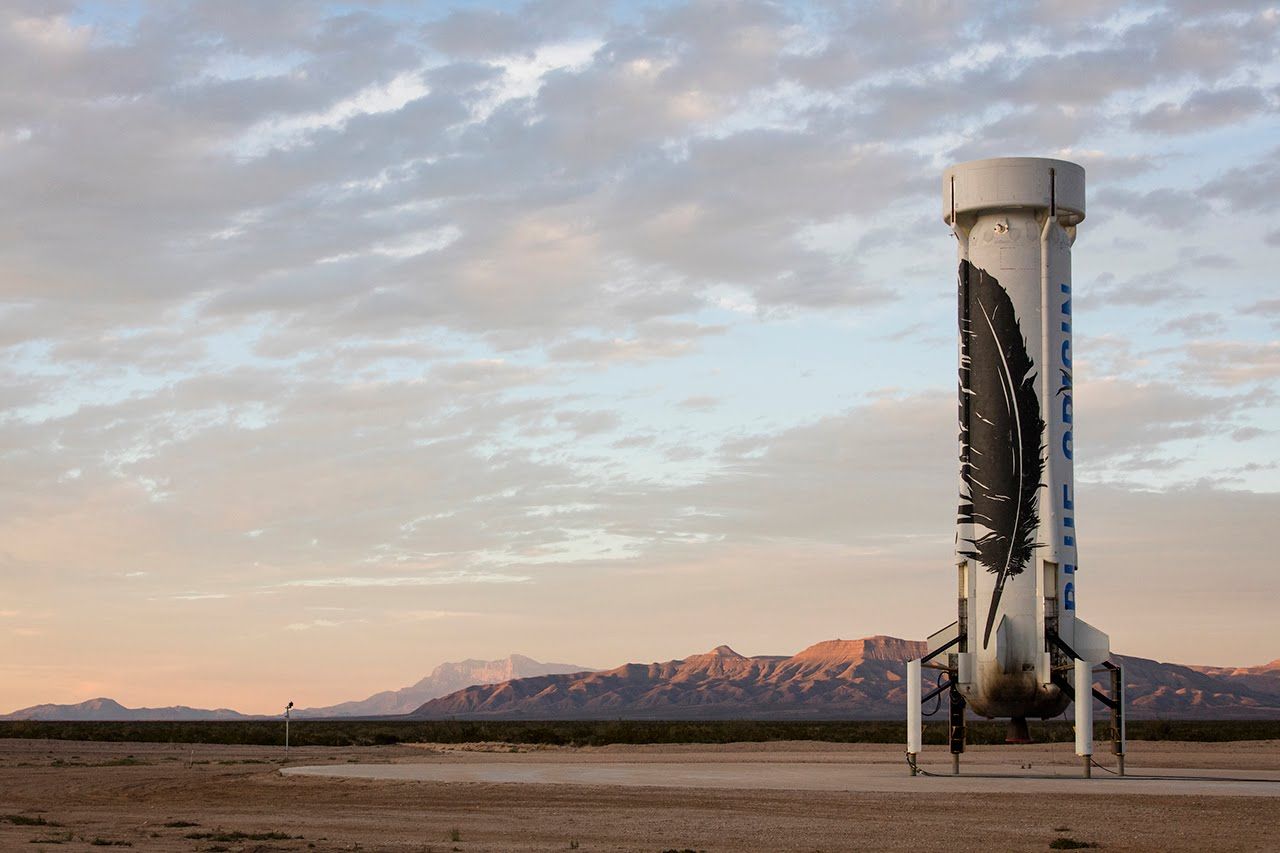Nov 27, 2015
NASA Digs This Idea for Robots to Build Igloos on Mars
Posted by Klaus Baldauf in categories: robotics/AI, space
The double-walled, translucent space igloos feature a “contemplative yard” meant to feel like the outdoors.
The double-walled, translucent space igloos feature a “contemplative yard” meant to feel like the outdoors.
Well if we do have a major SHTF event even though we don’t have many skilled tool makers any more. Then at least the remains of society should be able to teach itself tool making.
A new study from the University of Exeter has found that teaching is not essential for people to learn to make effective tools. The results counter established views about how human tools and technologies come to improve from generation to generation and point to an explanation for the extraordinary success of humans as a species. The study reveals that although teaching is useful, it is not essential for cultural progress because people can use reasoning and reverse engineering of existing items to work out how to make tools.
The capacity to improve the efficacy of tools and technologies from generation to generation, known as cumulative culture, is unique to humans and has driven our ecological success. It has enabled us to inhabit the coldest and most remote regions on Earth and even have a permanent base in space. The way in which our cumulative culture has boomed compared to other species however remains a mystery.
This breakthrough technology is great for both asteroid mining and determining whether an asteroid poses a threat to our planet.
Scientists have sequenced the entire genome of the tardigrade, AKA the water bear, for the first time. And it turns out that this weird little creature has the most foreign genes of any animal studied so far – or to put it another way, roughly one-sixth of the tardigrade’s genome was stolen from other species. We have to admit, we’re kinda not surprised.
A little background here for those who aren’t familiar with the strangeness that is the tardigrade – the microscopic water creature grows to just over 1 mm on average, and is the only animal that can survive in the harsh environment of space. It can also withstand temperatures from just above absolute zero to well above the boiling point of water, can cope with ridiculous amounts of pressure and radiation, and can live for more than 10 years without food or water. Basically, it’s nearly impossible to kill, and now scientists have shown that its DNA is just as bizarre as it is.
So what’s foreign DNA and why does it matter that tardigrades have so much of it? The term refers to genes that have come from another organism via a process known as horizontal gene transfer, as opposed to being passed down through traditional reproduction.
Redmond, Wash. – November 25, 2015 – Planetary Resources, the asteroid mining company, applauds President Obama who signed the U.S. Commercial Space Launch Competitiveness Act (H.R. 2262) into law. This law recognizes the right of U.S. citizens to own asteroid resources they obtain and encourages the commercial exploration and utilization of resources from asteroids.
“This is the single greatest recognition of property rights in history,” said Eric Anderson, Co-Founder and Co-Chairman, Planetary Resources, Inc. “This legislation establishes the same supportive framework that created the great economies of history, and will encourage the sustained development of space.”
Peter H. Diamandis, M.D., Co-Founder and Co-Chairman, Planetary Resources, Inc., said, “A hundred years from now, humanity will look at this period in time as the point in which we were able to establish a permanent foothold in space. In history, there has never been a more rapid rate progress than right now.”
Asteroids are primordial material left over from the formation of the Solar System. They are scattered throughout it: some pass close to the Sun, and others are found out beyond the orbit of Neptune. A vast majority have been collected by Jupiter’s gravity into a belt between it and Mars – an area known as the Main Belt. As it turns out, we have been discovering thousands of asteroids that do not belong to the Main Belt, but instead pass near Earth’s orbit – nearly 9,000 to date, with almost a thousand more are discovered every year.

“Instead of buying photos of our solar system, artist Michael Benson decided to create his own—and to do it better. The longtime space aficionado learned to piece together mosaics by combining hundreds of NASA images into one planetary landscape. Spacecraft typically record in various color filters to see different elements of the same view. By overlaying them, Benson creates a detailed, true-color picture of the cosmos.”
Tag: NASA
A new method of mining asteroids for rocket fuel and water was successfully tested at White Sands Missile Range Nov. 13.
New legislation and interest from a number of private ventures could lead to extraction of valuable minerals from asteroids—and sooner than you might think.
STAFFBy Richard Yonck on November 24, 2015 3.

First successful reusable rocket landing from space!!
Blue Origin’s New Shepard space vehicle successfully flew to space, reaching its planned test altitude of 329,839 feet (100.5 kilometers) before executing a historic landing back at the launch site in West Texas.